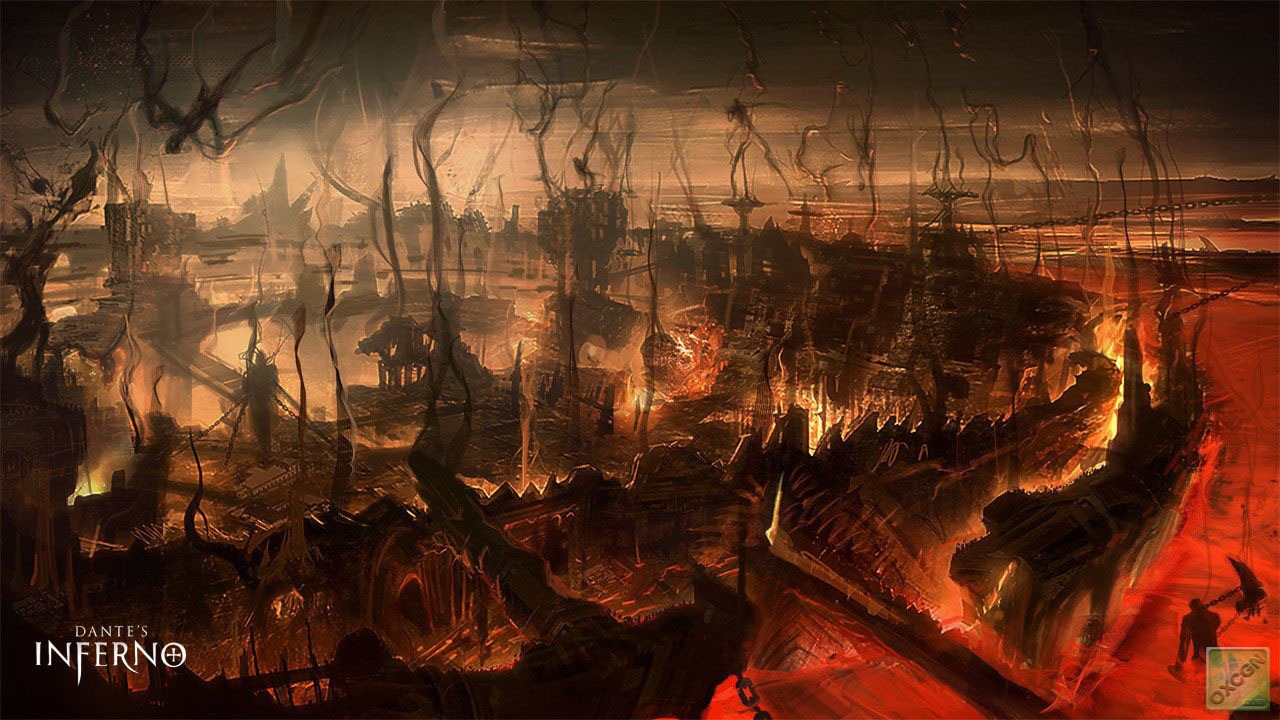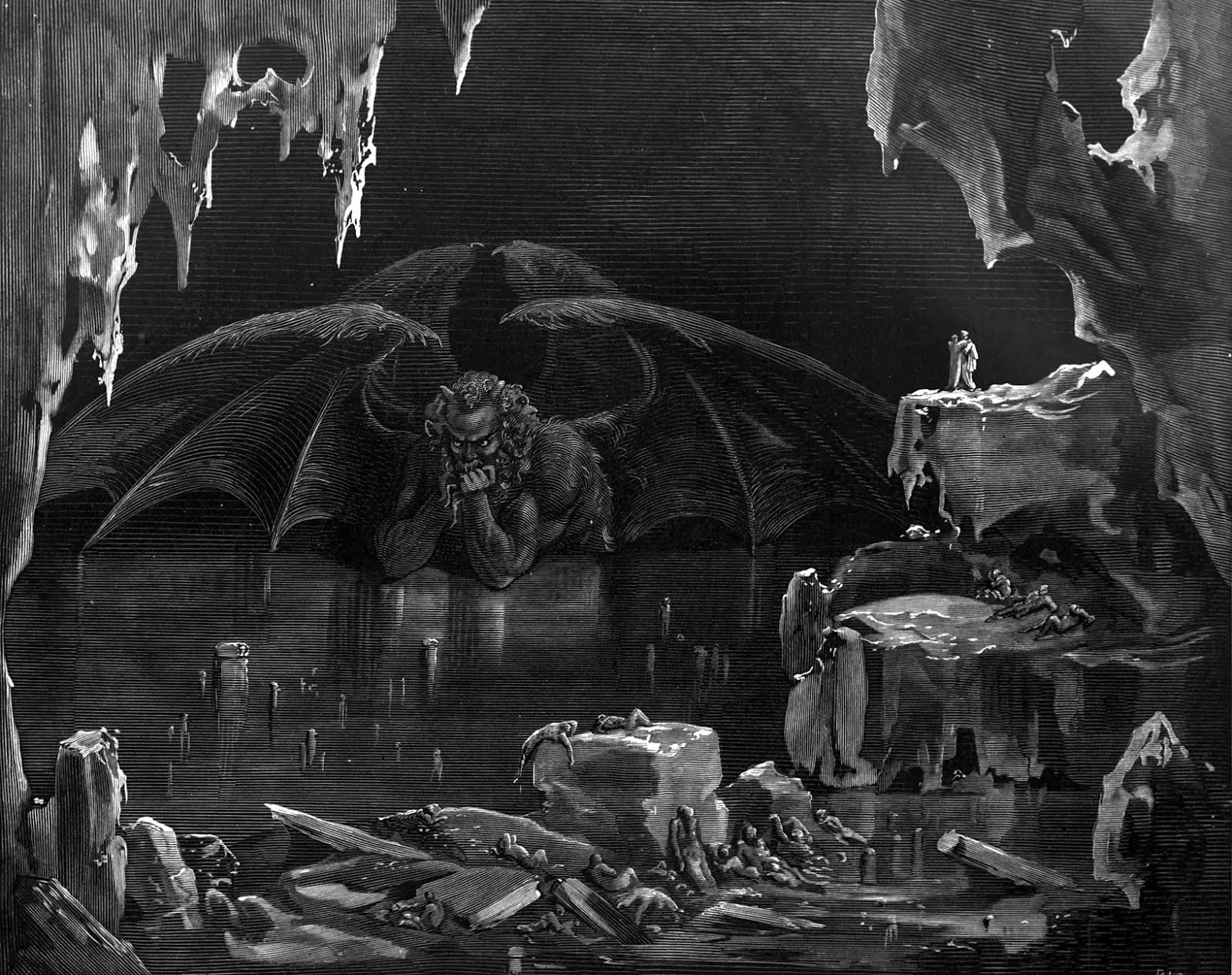Imagery In Dantes Inferno - touching
Terrified at being alone in so dismal a valley, he wanders until he comes to a hill bathed in sunlight, and his fear begins to leave him. But when he starts to climb the hill his path is blocked by three fierce beasts: first a Leopard, then a Lion, and finally a She-wolf that fills him with fear and drives him back down to the sunless wood. At that moment the figure of a man appears before him; it is the shade of Virgil, Imagery In Dantes Inferno![[BKEYWORD-0-3] Imagery In Dantes Inferno](https://1.bp.blogspot.com/_6v42sYAPdPw/R9cP958YQbI/AAAAAAAAAJ8/uTOsRxxpIhU/s400/dante+satan.jpg)
It is a highly measured project, the specifics of which can be explored and explained seemingly to no end.

Dante encounters these structures and the space through which he moves in a very intimate, sensory way. In the Paradiso, as Dante journeys toward his vision of the Divine, the focus on number and structure does not dwindle, but the importance shifts from understanding the components of these intricate structures of the universe to instead appreciating the paradoxically simple source and ground of being that is God.
Dante communicates the Incerno of the Divine as a point, a punto, through number, geometry number applied Imagery In Dantes Inferno spacephysics number applied to space and timeand optics physics applied to sight.
Newsletter Sign up
This culminates in the Primo Mobile, where Dante is overcome by the dimensionless punto that is the source and ground Imagery In Dantes Inferno being. This is a paradox: Dante moves outward, always to the next realm of the universe, while also converging on a single point. The poem, of course, relates his trek through Hell, Purgatory, and finally Paradise, and renders each as physical locations at least insofar as Dante moves through them.
As Dante and the reader grows spiritually in his Imagery In Dantes Inferno, though, the journey becomes more apparently a journey to the Divine in a single point. Early in the Paradiso, Dante confronts the problem of multiplicity and differentiation in Creation. He first poses the question of differentiation in Par. He believes the spots to be due to alternating density and rarity of matter. Beatrice, to show Dante his error, now proposes an experiment with three mirrors: two mirrors are placed side by side with a third between the two and farther back. A candle is placed behind the performer of the experiment, who can observe that the reflected brightness is constant in each mirror.
Free read A Reading of Dante's Inferno
The middle reflection is smaller but not less bright. The mirror experiment is supremely important for a few reasons. For one, as Allen Tate suggests, the size discrepancy of the reflections denotes unequal reception of a quality, while the equal brightness denotes equality of salvation.

Piccarda, the soul Dante encounters in the following canto, reiterates this truth. Furthermore, the mirror experiment introduces the key themes of light, reflection, optics, and geometry to name a fewvery early in the Paradiso. Visually, the middle mirror, the performer of the experiment, and the candle all lie on a vertical axis; the two side mirrors lie on a horizontal axis.
The two axes intersect in the form of a cross. Both of these previous points are even more convincing when one realizes that the experiment would have demonstrated the same result with only two Imagery In Dantes Inferno placed at different distances from the candle. The mirror experiment is thus a convergence of mathematical, geometrical, optical, and spiritual principles. It is a seed that Dante—and the reader—must keep in mind on the journey to the Divine.
Export Citation
The farther off the individual image is from God, the smaller the image of Him it reflects, but his brightness never diminishes. When a human being observes himself in a mirror, Daantes image is returning to its source, to its ground, and is being perceived by his own eye.

One can imagine this observer moving closer and closer to the mirror until he is touching it. At such a close distance from the mirror, the image now travels very little to return to its observer. The source and the reflection have nearly fully converged.]
One thought on “Imagery In Dantes Inferno”